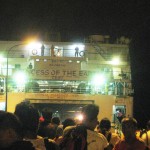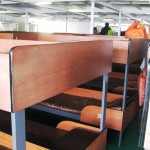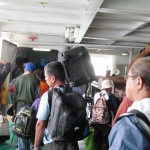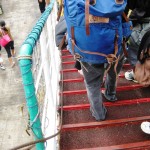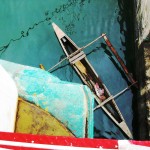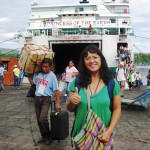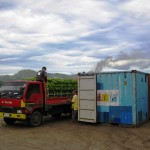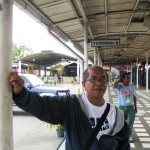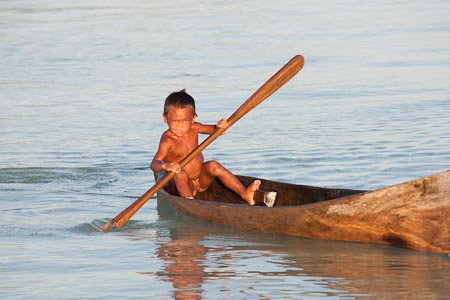On the way to see the balanghai, ancient boats, i was escorted by Sir Coy to Butuan City. In In Jagna Port, Bohol, we boarded a barco, called Princess of the Earth, via Sulpicio Lines for an overnight ride over Mindanao Sea to Nasipit Port in Mindanao, Philippines. We were dropped off by my parents to Jagna before 9pm, long wait. Pasalubongs (gifts) brought by Sir Coy included the heavy weight of the calamay and the smell-so-good and won the best of Loon, Bohol, torta. We boarded Princess of the Earth finally by 2am although it was 1 hour behind schedule. Later on, Sir Coy shared with me that he was awakened by the rocking of the ship. Afraid that I would be scared, he glanced towards my direction and relieved to hear me snoring! 🙂 I planned to walk about, relish in the sea air and reminisce about childhood boatrides, but instead I slept, cradled by the Mindanao sea waves. (My mom was born in Bukidnon, Mindanao, 5-7 hours drive from where we would land.) It ended up that Sir Coy could not go back to sleep. We arrived after 6am at Nasipit Seaport in Mindanao. As I was waiting in line to dock off, I glanced downwards towards the water and saw an empty bangka. The bangka was nestled between the barco and very close to the dock. No Bajaus in sight.
On my return trip, I took a plane ride from Butuan City to Cebu, Philippines and then caught another ship, the Super Cat Ferry, to Tagbilaran, Bohol. The schedule of the barco back to Jagna, Bohol, was limited to once a week only and I needed to return earlier in the week.
- boarding princess of the earth at ~2am in Jagna Seaport, Bohol
- sleeping quarters
- in line to board off the barco
- watch your step, boarding off
- arrival ~7am at nasipit port, mindanao
- bangka at port, no bajaus on sight
- feet on ground
- local produce for export
- Escorted by Sir Coy awaiting our ride to the Bishop’s residence

